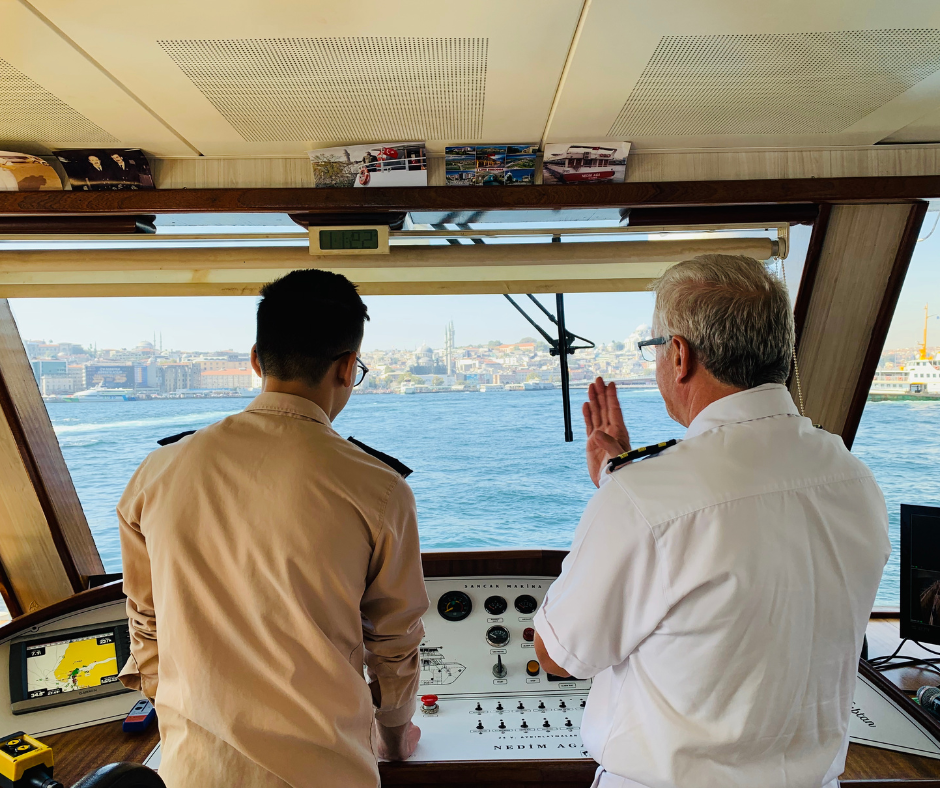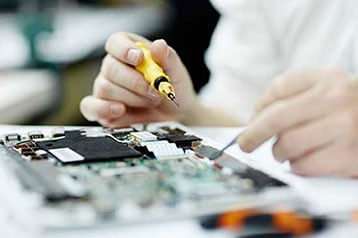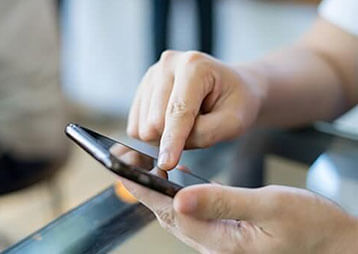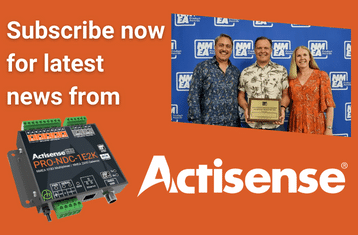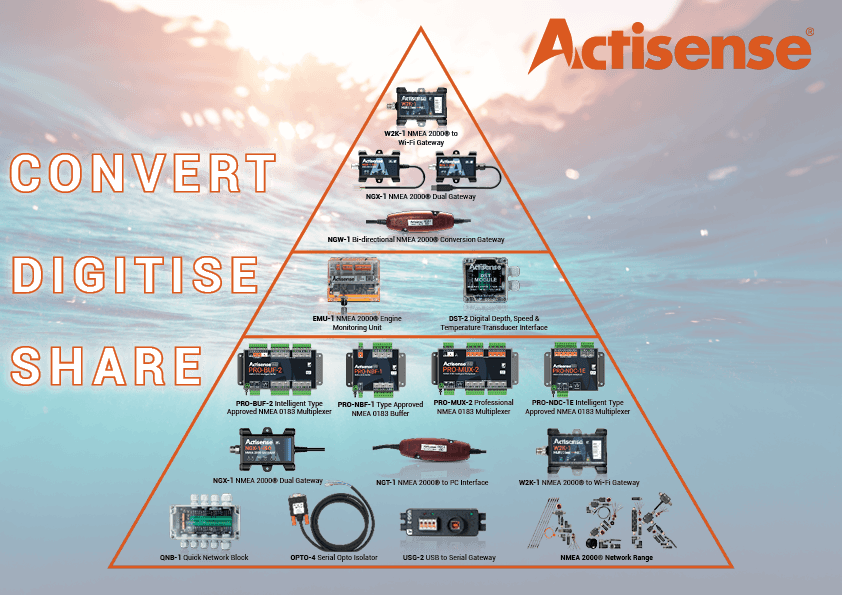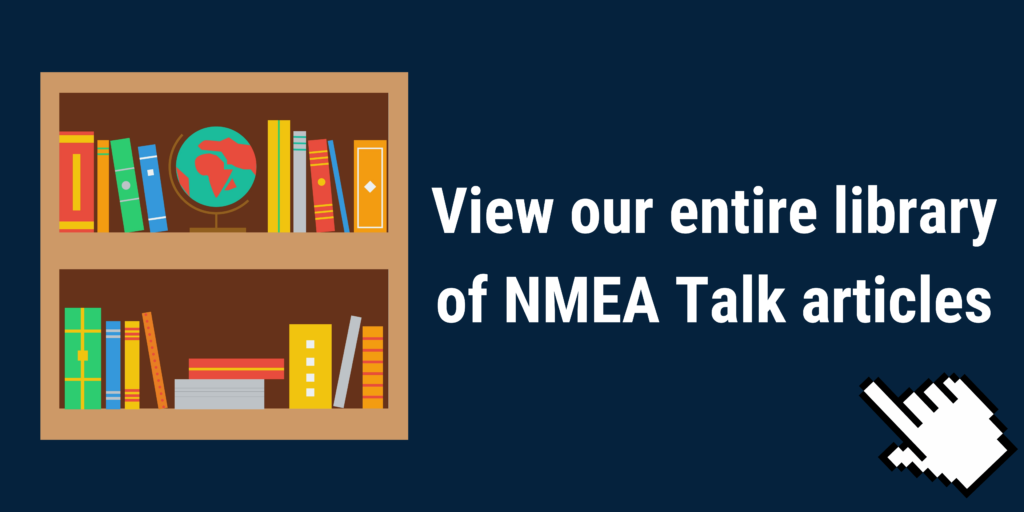
Many boats around the globe have “SeaTalk” connected equipment onboard. But in truth, there is more than one “flavour” of SeaTalk, as we explore below…
SeaTalk1
There is a common misunderstanding that SeaTalk1 (ST1) is the same as NMEA 0183, but unfortunately, this is not the case. SeaTalk 1 is a proprietary system designed by Raymarine. Whilst they both operate on a serial data protocol, NMEA 0183 and ST1 do not share any other similarities.
SeaTalk uses 3 wires as the connection method, which are connected in parallel across all devices. The 3 wires are as follows;
1. 12V Supply
2. GND / Common Supply
3. Data (Serial)
As both the messages and wiring are different to NMEA 0183, they are not directly compatible, however, it is achievable using an ST1 to NMEA 0183 converter. SeaTalk1 devices are still common on boats, and whilst some of them work on their own ST1 ‘network’ where the devices are daisy-chained together and communicate bi-directionally, others work in tandem with an 0183 converter.
ST1 instruments are still fairly common, even in 2024, and Raymarine still somewhat support this, with their ST1 to STNG converter, which enables ST-1 connectivity into an STNG (NMEA2000) network, allowing access to data on the N2K bus from legacy ST1 instruments.

SeaTalkNG (NMEA 2000)
NMEA 2000 is the successor to NMEA 0183, operating on a binary messaging format at a much higher speed of 250k bits/sec. Unlike NMEA 0183 which uses a single-talker / multi-listener setup, NMEA 2000 utilises CAN (Controller Area Network), creating a multi-talker / multi-listener network where every device communicates together.
When it comes to NMEA 2000 and SeaTalkNG (STNG), there is a bit of confusion over the two, and we are often asked about whether the two will work together. On a data format / Protocol level, both of these are identical. NMEA 2000 and STNG both operate on the CAN Protocol and use exactly the same messages (PGNs). The only difference between the two is the physical layer.
NMEA 2000 utilises the DeviceNet standard for cables and connectors, where M12 Male and Female connectors are used to link the cables and connectors together. SeaTalkNG uses Raymarine’s proprietary cable system, which does not follow the DeviceNet standard. However, linking STNG cables and NMEA 2000 cables together is very straightforward, as Raymarine sells adapter cables. The A06045 Adapter cable can also be purchased as part of a bundle with our NMEA 2000 products (The cable is not sold on its own).
In short, it means that there is no ‘conversion from STNG to NMEA 2000’, rather just an adapter cable is needed to join the two together.

